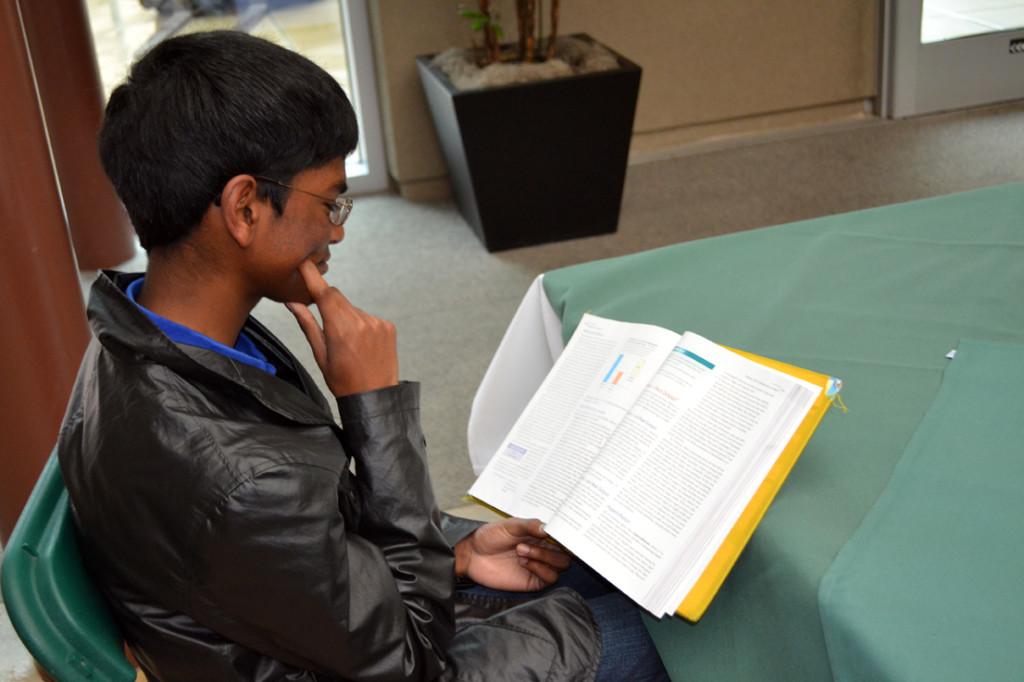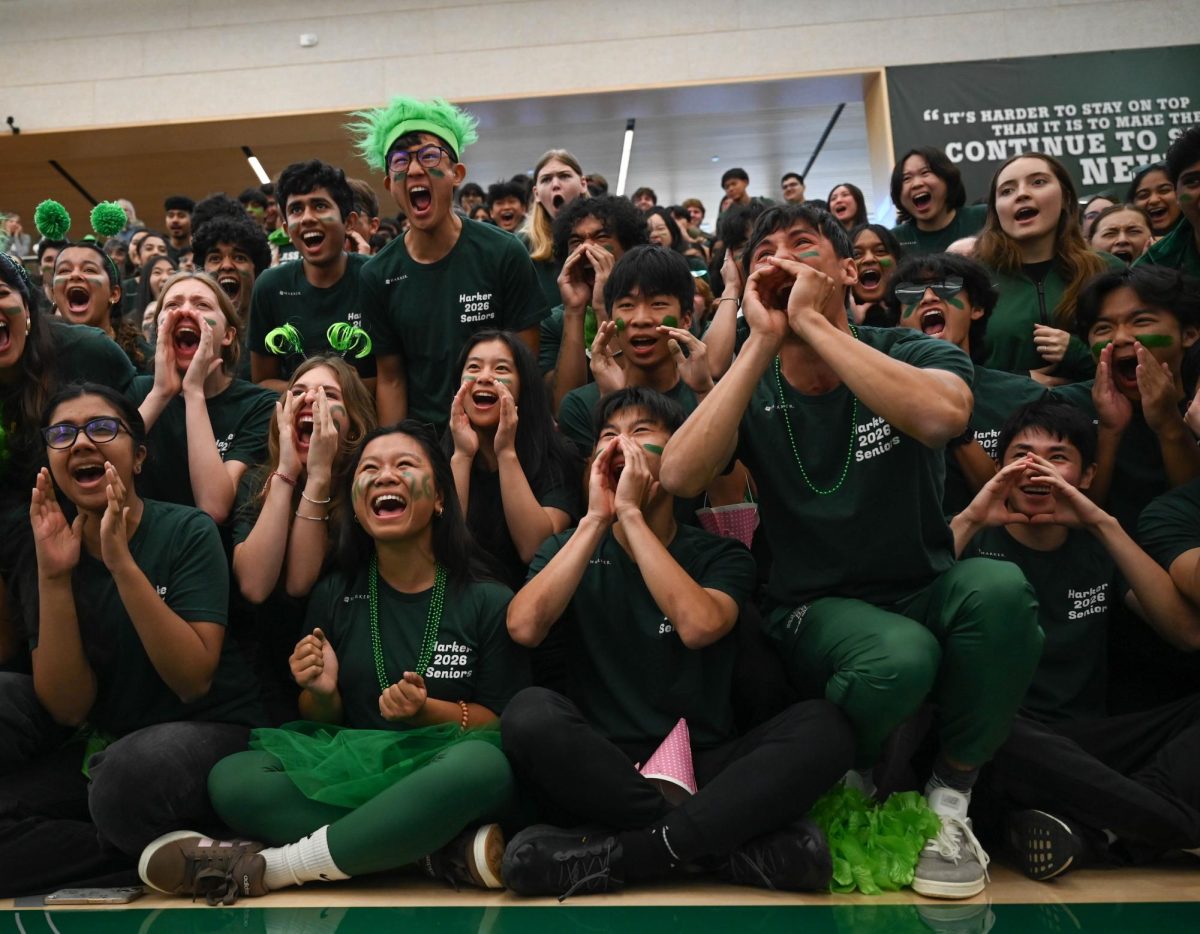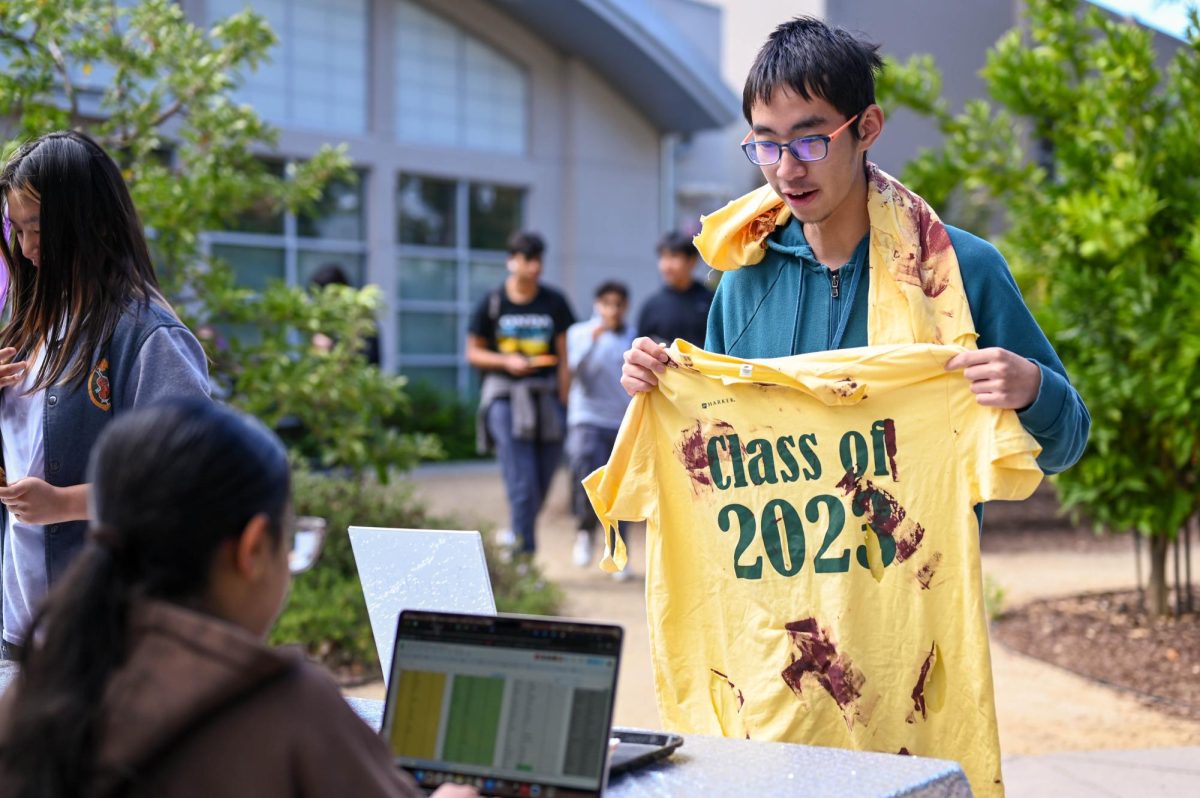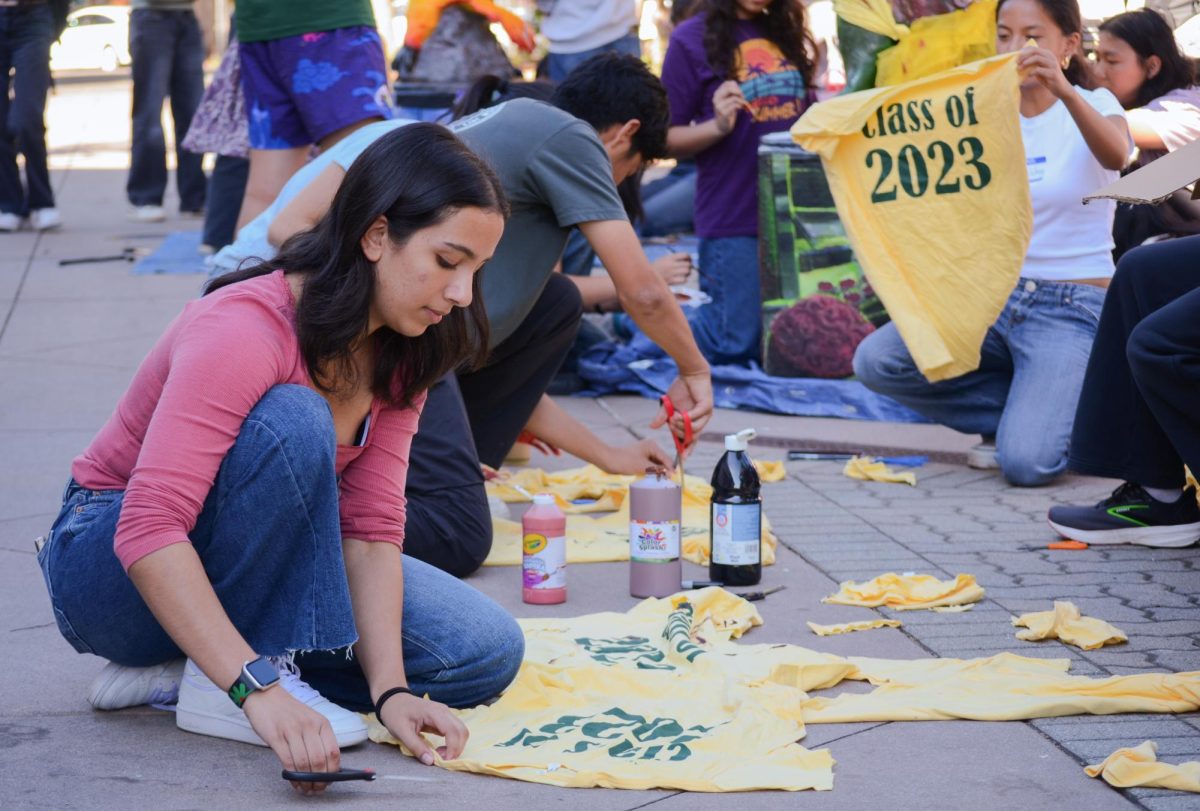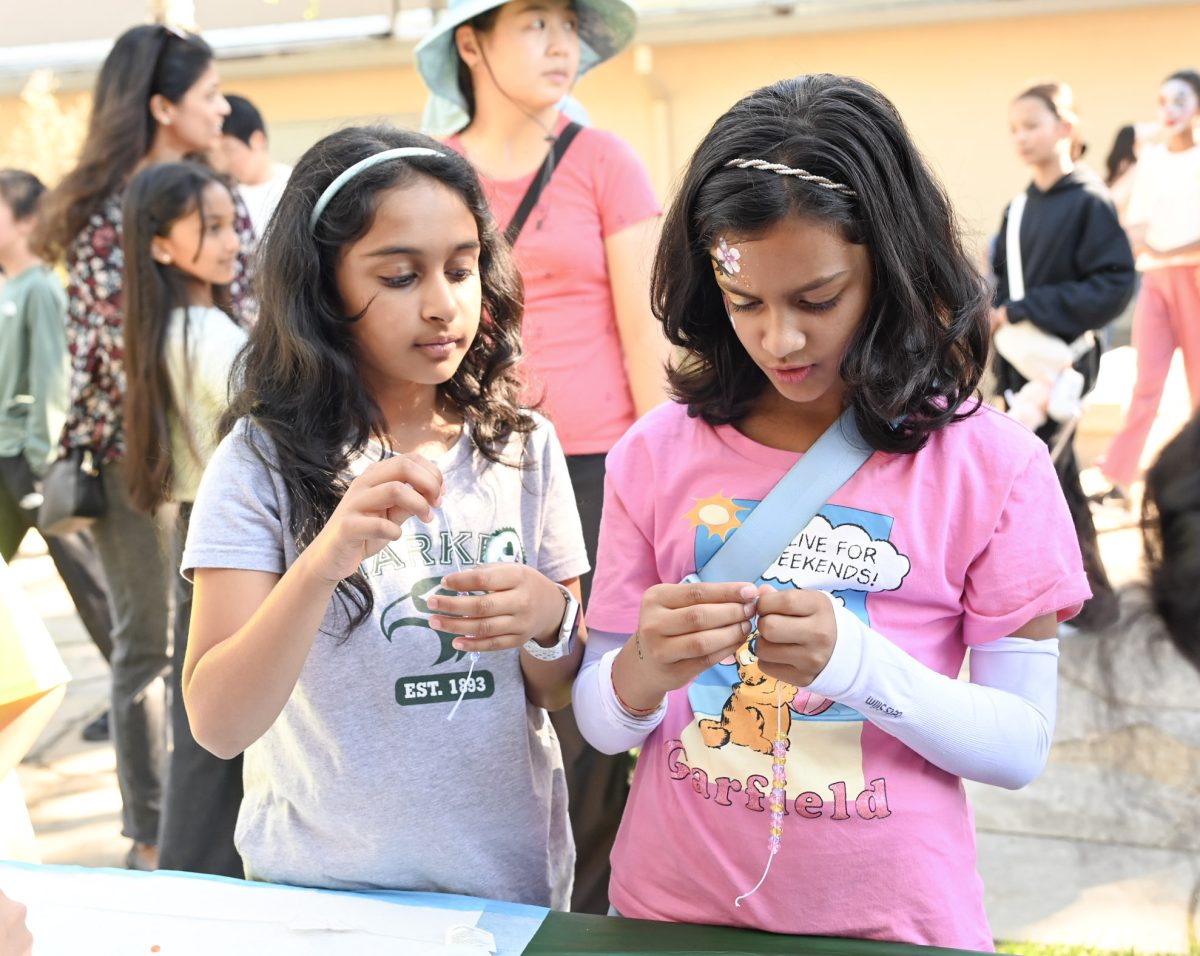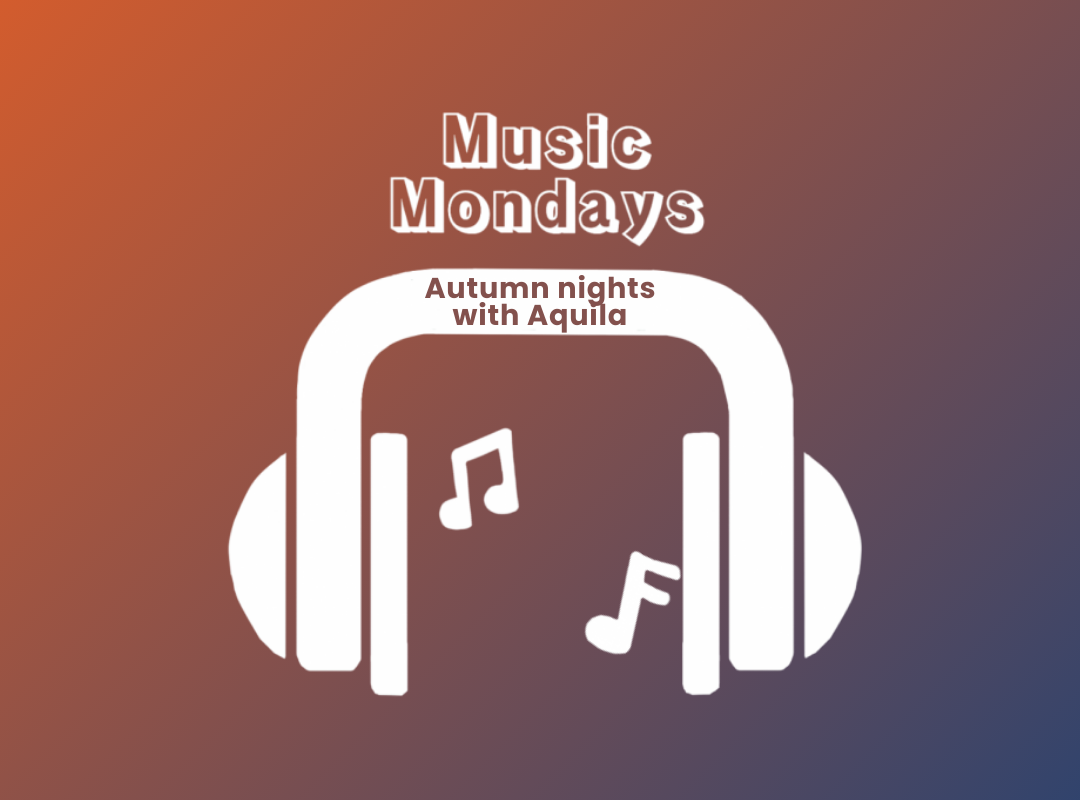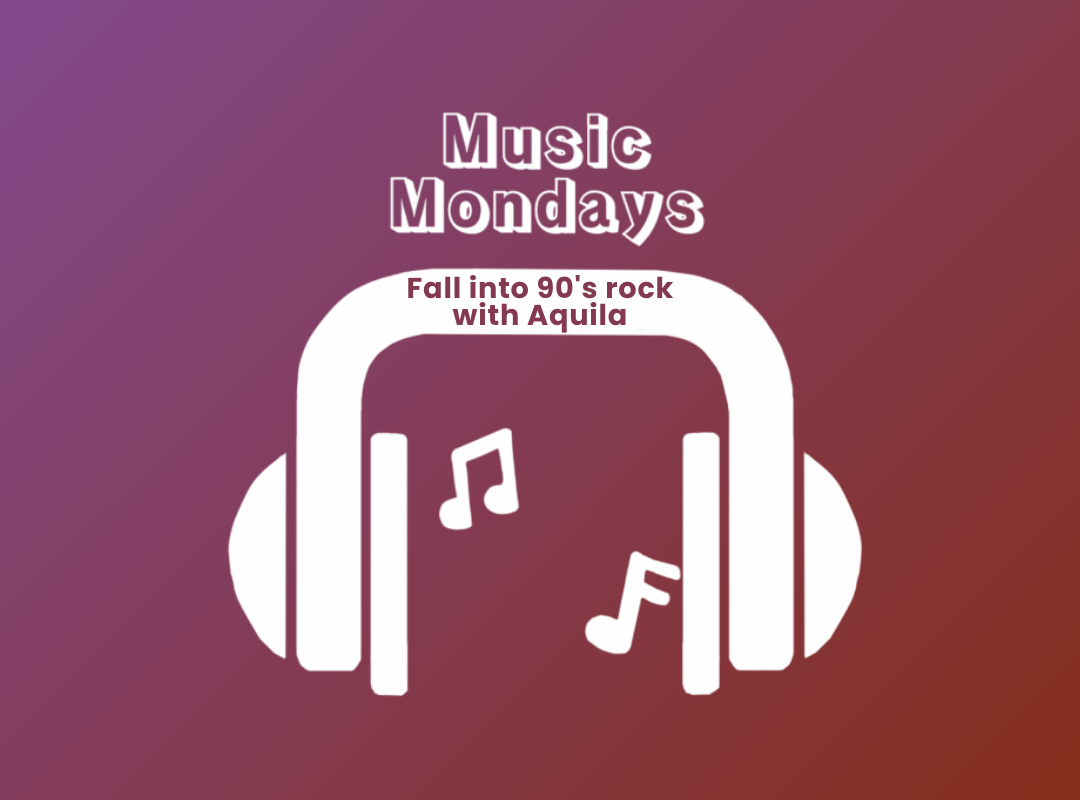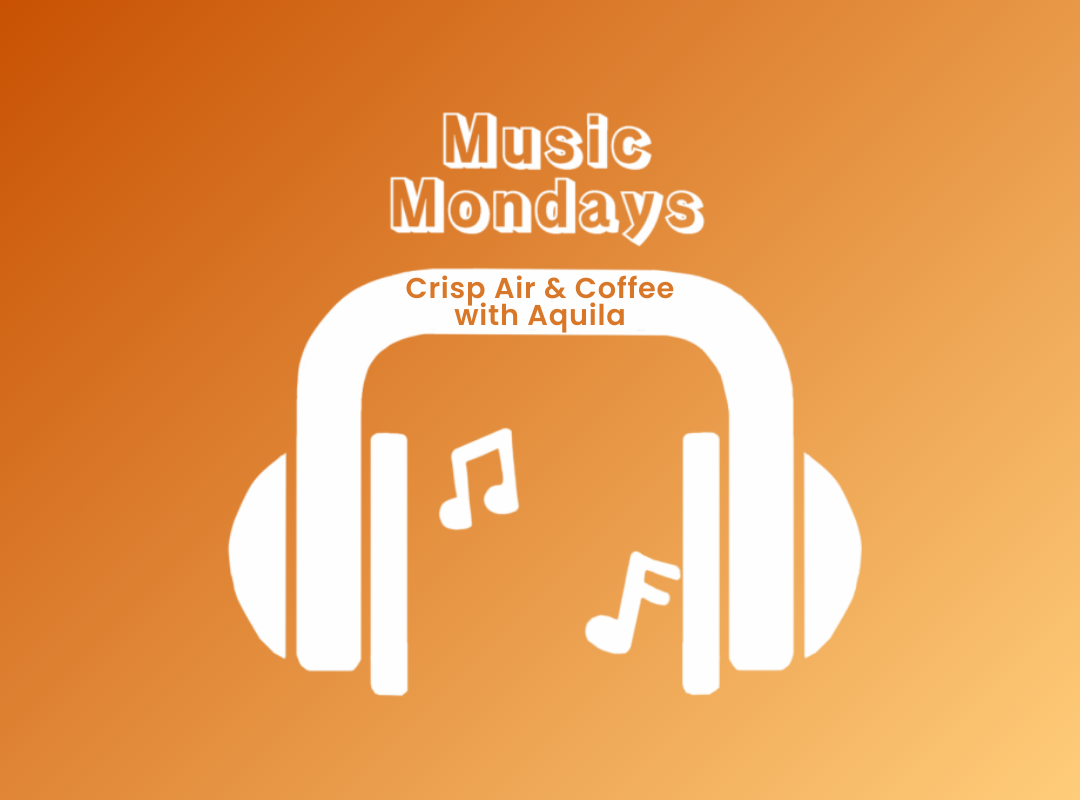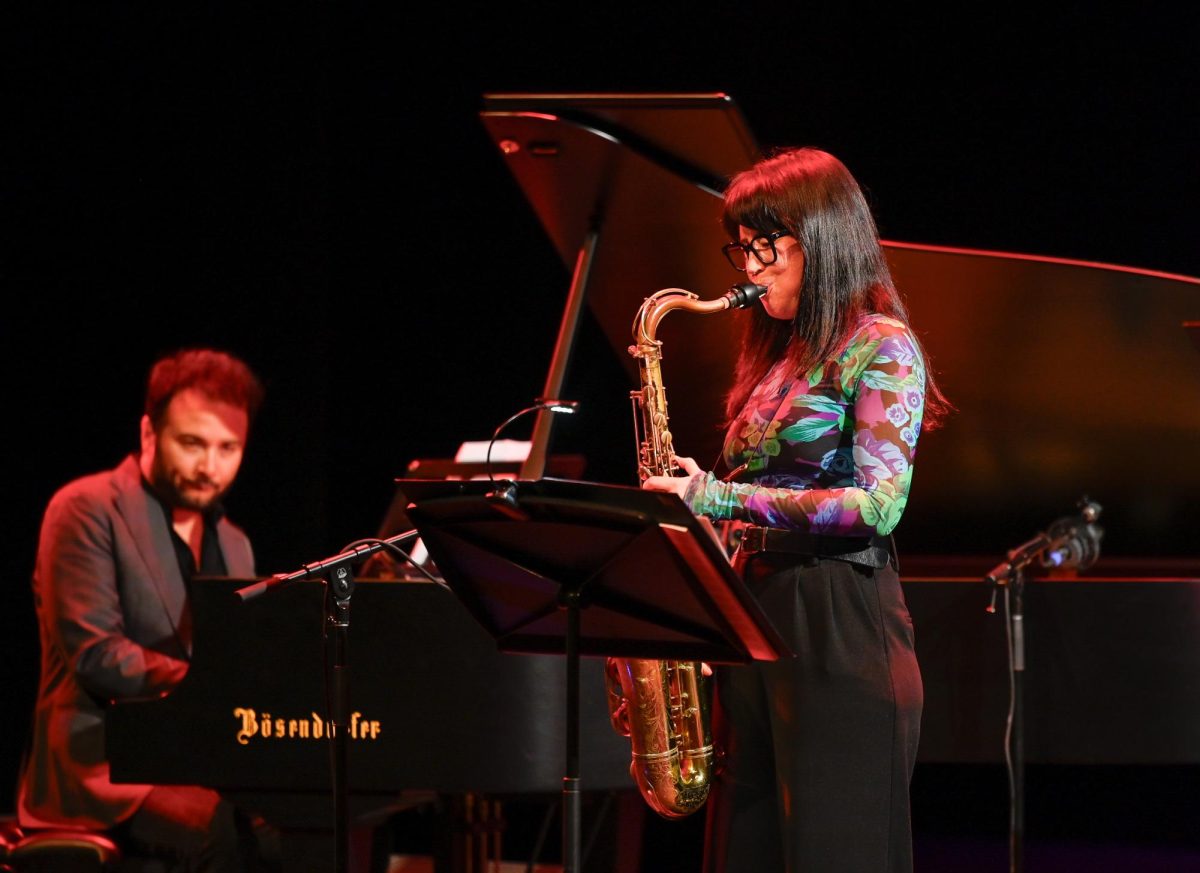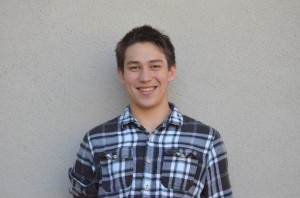A record setting nine students from the Upper School attended the invitational round of the North American Computational Linguistics Olympiad (NACLO), which was held today at San Jose State University.
These students were part of the 200 who were chosen to participate in the invitational round of the NACLO, slimmed down from the 1665 students who took the open round earlier this year. The initial round also had a record number of participants from the Upper School–over 70 students, more than all other years combined.
“I first heard about linguistics when Erik Andersen (12) mentioned the competition during school meeting last year. After trying a few problems, I realized how interesting the subject is,” qualifier Matthew Huang (10) said. “I participated last year and had a great time even though I did not qualify for the invitational round.”
The linguistics club has been attending this tournament since formation in 2006 by Sonia Gillman (’09) and club advisor Dr. Shaun Jahshan. The huge turnout at the NACLO competition this year was widely due to more interest because of club president Erik’s efforts.
“[The increased participation was due to] word of mouth, and Linguistics Club head Erik Andersen doing wider publicity this year. This probably accounted for the more than 70 students who took part this year,” Dr. Jahshan said.
Many students enjoyed participating in the competition, as they find the problems interesting, enjoyable, and challenging. They not only hope to continue participating in the competition in the years to come, but also encourage others to attempt the open round in the future.
“I have always enjoyed logic puzzles and patterns, which drew me into the NACLO. I treated most of the problems as pattern recognition and logic problems rather than actual language problems,” qualifier Vikram Sundar (11) said. “I enjoy participating in the NACLO because unlike the vast majority of competitions, the NACLO consistently produces fun, stimulating problems.”
The top four contestants from the United States will form a national linguistics team, and another team of four may be created depending on how talented the judges deem this year’s participants to be.


















![“[Building nerf blasters] became this outlet of creativity for me that hasn't been matched by anything else. The process [of] making a build complete to your desire is such a painstakingly difficult process, but I've had to learn from [the skills needed from] soldering to proper painting. There's so many different options for everything, if you think about it, it exists. The best part is [that] if it doesn't exist, you can build it yourself," Ishaan Parate said.](https://harkeraquila.com/wp-content/uploads/2022/08/DSC_8149-900x604.jpg)




![“When I came into high school, I was ready to be a follower. But DECA was a game changer for me. It helped me overcome my fear of public speaking, and it's played such a major role in who I've become today. To be able to successfully lead a chapter of 150 students, an officer team and be one of the upperclassmen I once really admired is something I'm [really] proud of,” Anvitha Tummala ('21) said.](https://harkeraquila.com/wp-content/uploads/2021/07/Screen-Shot-2021-07-25-at-9.50.05-AM-900x594.png)







![“I think getting up in the morning and having a sense of purpose [is exciting]. I think without a certain amount of drive, life is kind of obsolete and mundane, and I think having that every single day is what makes each day unique and kind of makes life exciting,” Neymika Jain (12) said.](https://harkeraquila.com/wp-content/uploads/2017/06/Screen-Shot-2017-06-03-at-4.54.16-PM.png)








![“My slogan is ‘slow feet, don’t eat, and I’m hungry.’ You need to run fast to get where you are–you aren't going to get those championships if you aren't fast,” Angel Cervantes (12) said. “I want to do well in school on my tests and in track and win championships for my team. I live by that, [and] I can do that anywhere: in the classroom or on the field.”](https://harkeraquila.com/wp-content/uploads/2018/06/DSC5146-900x601.jpg)
![“[Volleyball has] taught me how to fall correctly, and another thing it taught is that you don’t have to be the best at something to be good at it. If you just hit the ball in a smart way, then it still scores points and you’re good at it. You could be a background player and still make a much bigger impact on the team than you would think,” Anya Gert (’20) said.](https://harkeraquila.com/wp-content/uploads/2020/06/AnnaGert_JinTuan_HoHPhotoEdited-600x900.jpeg)

![“I'm not nearly there yet, but [my confidence has] definitely been getting better since I was pretty shy and timid coming into Harker my freshman year. I know that there's a lot of people that are really confident in what they do, and I really admire them. Everyone's so driven and that has really pushed me to kind of try to find my own place in high school and be more confident,” Alyssa Huang (’20) said.](https://harkeraquila.com/wp-content/uploads/2020/06/AlyssaHuang_EmilyChen_HoHPhoto-900x749.jpeg)



